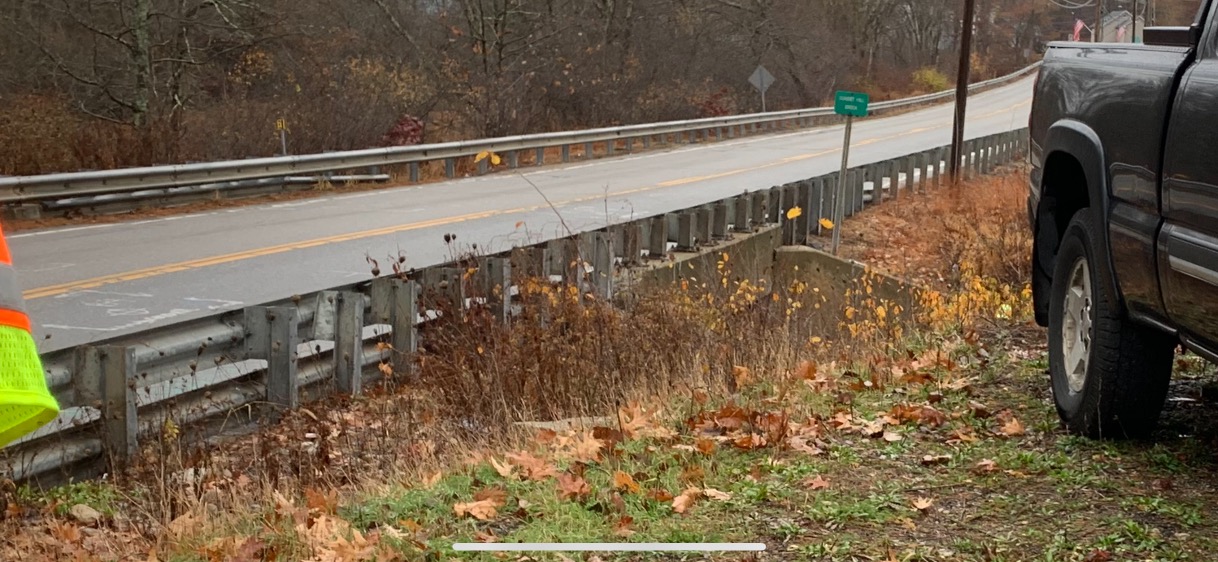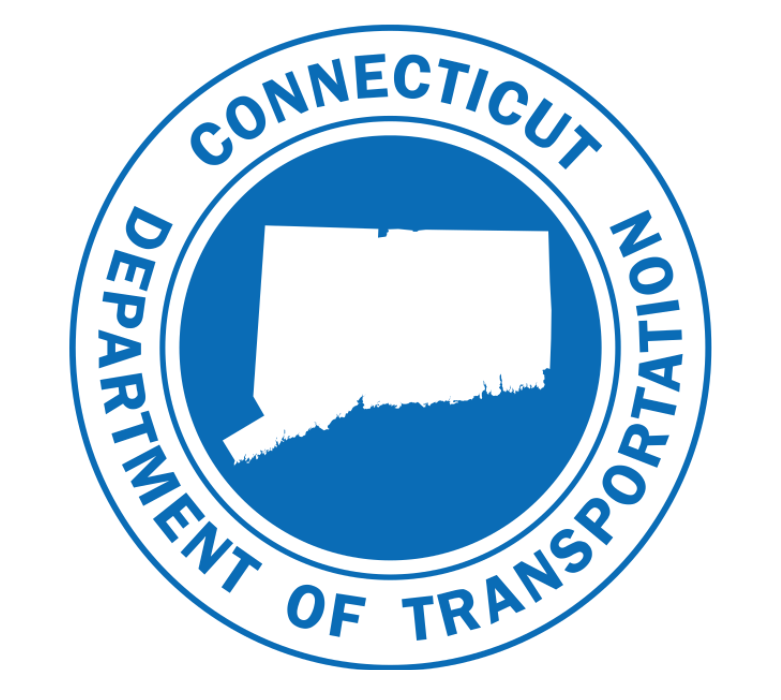

This video contains proprietary information and cannot be shared publicly at this time.
Team 16
Team Members |
Faculty Advisor |
Tara Garani |
Richard Christenson Sponsor Connecticut Department of Transportation (CTDOT) |
sponsored by

For our team’s project, we have been working with the Connecticut Department of Transportation on the redesign and replacement of a bridge that is currently in disrepair, located in Thompson, CT. The constraints of this project included the ability for a community-serving detour to be put in place during construction, as well as being able to effectively divert water using a cofferdam along with a sufficiently large culvert pipe and water pumps to ensure a dry work area. For this project, our superstructure designs were created by utilizing AASHTOWare software, and our abutment sub-structure was analyzed using Staad.Pro. Especially when putting together the various components of the superstructure such as the deck, parapet, and girders, a vast database of pre-made components were available. It also allowed for load analysis to be far more streamlined and efficient since it cut out a large portion of any potential hand calculations. Ultimately, our group gained a rudimentary understanding of some of the potential applications of AASHTOware within the realm of bridge construction. A big decision that was made in order to complete the design for the bridge were two design alternatives of either: a concrete box-beam support or a rolled steel beam support. Ultimately, we decided on a final design of a steel girder bridge as it is much easier to design and implement a rolled steel beam than a reinforced, pretensioned concrete beam. In addition to this, our design will use an integral bridge abutment in order to protect the beams from degradation in their structural integrity, therefore extending the service life of the bridge. The design also includes piles placed in the ground that will act as reinforcement for the precast abutment blocks. Once these are in place, the steel girders can be seated atop the abutment, where their ends will be cast into the abutment to complete the integral abutment.
